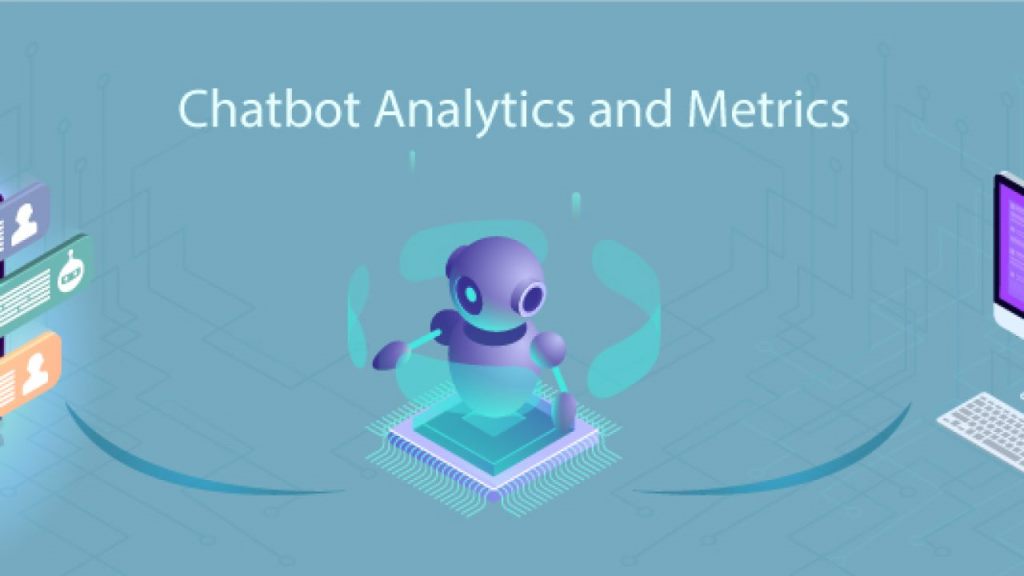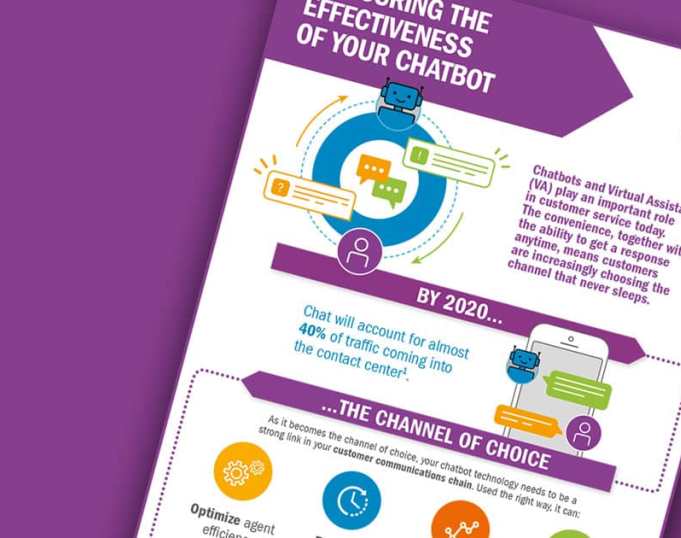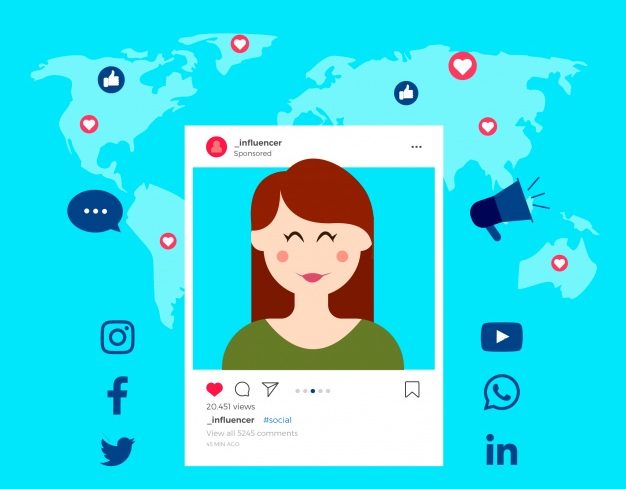Work does not end after building your bot, and the market is competitive. You will need to keep up and this can be achieved when you constantly measure the effectiveness of your chatbot.
After building a bot, it is normal to desire to know how to measure the effectiveness of your chatbot.
You could be using highly intelligent chatbots like Zebrabuzz which would for sure deliver desired results, but you want to measure for yourself how effective it has been.
Whether your chatbot is doing what you expected or more than you expected, it is natural to check to see how effective it has been and try to find out ways to measure it.
You have built your chatbot, but do you know how to measure its effectiveness and success? Do your customers like it? Are they interested in using it further?
There are many questions one asks when trying to find out the metrics of their chatbots.
Read: What are the Benefits of Chatbots to a Business?
What are the Chatbot Metrics?
Chatbot metrics are important as they give you an indication as to how far you have come, where and how you can improve your bot as well as satisfying your customers.
A metric is a quantifiable way of measuring, assessing, and tracking the status, impact, and effectiveness of a business process.
In this case, the business process you desire to measure and track its process is your chatbot.
Therefore, chatbot metrics is the process of measuring, assessing, and tracking the status and effectiveness of the chatbot you use.
It would help if you defined how you measure the effectiveness of your chatbot. For some businesses, their chatbot metrics is solely based on customer satisfaction and greater conversion.
That is to say, the reason why such companies or business created a chatbot is that they needed to satisfy their customers more and have a greater conversion.
Your purpose or reasons for having a chatbot may be similar or different. Therefore, your chatbot metrics or measuring the effectiveness of a chatbot will be based on the reasons why you built one.
While building a chatbot, what were your plans? A chatbot that engages customers regularly? Or you want a chatbot that provides faster responses? A chatbot that generates massive leads?
Your reasons for building will help you define your chatbot metrics properly. This will in turn help you measure the effectiveness of your chatbot.
That way, if the bot you are using is not measuring up to what you expected, you will be able to know which exact area you want it to improve on.
This is why it is preferable you get highly intelligent, user-friendly, and well-designed bots.
For example, chatbots like Zebrabuzz and some other intelligent bots in the industry do not have such problems.

What is Chatbot Analytics?
This is also known as chatbot intelligence or conversational analytics.
Chatbot analytics is the process of analysing the history of your bot conversations to get understanding and perception as to how your bot has been performing.
It is also a way of getting to know about how your customers’ experience has been. Chatbot Analytics also measure completion rates.
Chatbot analytics is the term used to measure the general effectiveness of chatbots.
However, there are about three key ways of measuring the effectiveness of chatbots, so you need to define your metrics.
This is because, beyond the three key figures of chatbot analytics, you may have other reasons for having a chatbot.
You cannot judge your bot’s effectiveness based on three figures only, especially if you have more metrics or reasons why you built a chatbot in the first place.
How to Measure the Effectiveness of Your Chatbot
There are three specific ways to measure the effectiveness of your chatbot. They are called the three key figures.
They are:
- Improved Customer Experience and Satisfaction
- Task Success and Completion Rate
- Target Audience Session Volume
These three are the basic and most common ways of measuring effectiveness in chatbots.
Let’s take them one after the other and explain what they mean.
Improved Customer Experience and Satisfaction is the First Way to Measure the Effectiveness of Your Chatbot
In almost all cases, improving customer experience is one of the most common reasons why people use chatbots.
Satisfying your customers is crucial, and it is an important factor to consider when trying measuring how effective your chatbot has been.
Happy customers mean improved sales, so in the end, the customer matters most if you want to make profits in your business.
When you speak with someone about a problem or you make an enquiry, in the end, you may want to consider if speaking with that person was helpful.
The same goes for gauging how satisfying a chatbot conversation is with your customers.
To do this, you can use a short questionnaire to ask the users what they feel:
- Did you understand the chatbot properly?
- Was the chatbot able to answer specific questions?
- Did you request for a human employee?
- If yes, did the bot direct you to one?
If you do not want to ask your customers these questions after a chatbot conversation, you can also explore the possibility of using ratings.
Asking your customers to rate the conversation is a great way of finding out how effective the chatbot was in satisfying your customer and improving their experience.
A field in which users can input detailed responses if ratings do not work for them can be helpful.
Task Success and Completion Rate
This has to do with how successful the chatbot was at handling a problem, enquiry or task by itself without needing the help of a human employee.
Although you should make room for users to be forwarded to human employees, the chatbot is there to solve the problems without external help.
Therefore, checking to see how successful the chatbot has been in completing tasks on its own is a good measure.
When your chatbot regular needs to forward users to a human representative, it could be an indicator that it is not effective.
Target Population Session Volume
This is also essential in chatbot analytics. Target population session volume means examining how frequently your target population is using your bot.
If your chatbot was made for a specific audience and they are underusing it or do not use it enough, then the chatbot may be ineffective and vice-versa.
Another key figure in measuring the effectiveness of a chatbot is considering the bot’s response volume. Response volume is a way of knowing the number of questions your bot has answered.
The above are the key ways of measuring the effectiveness of chatbots, and although you may have personal metrics, every chatbot should be able to fulfil the above requirements.







